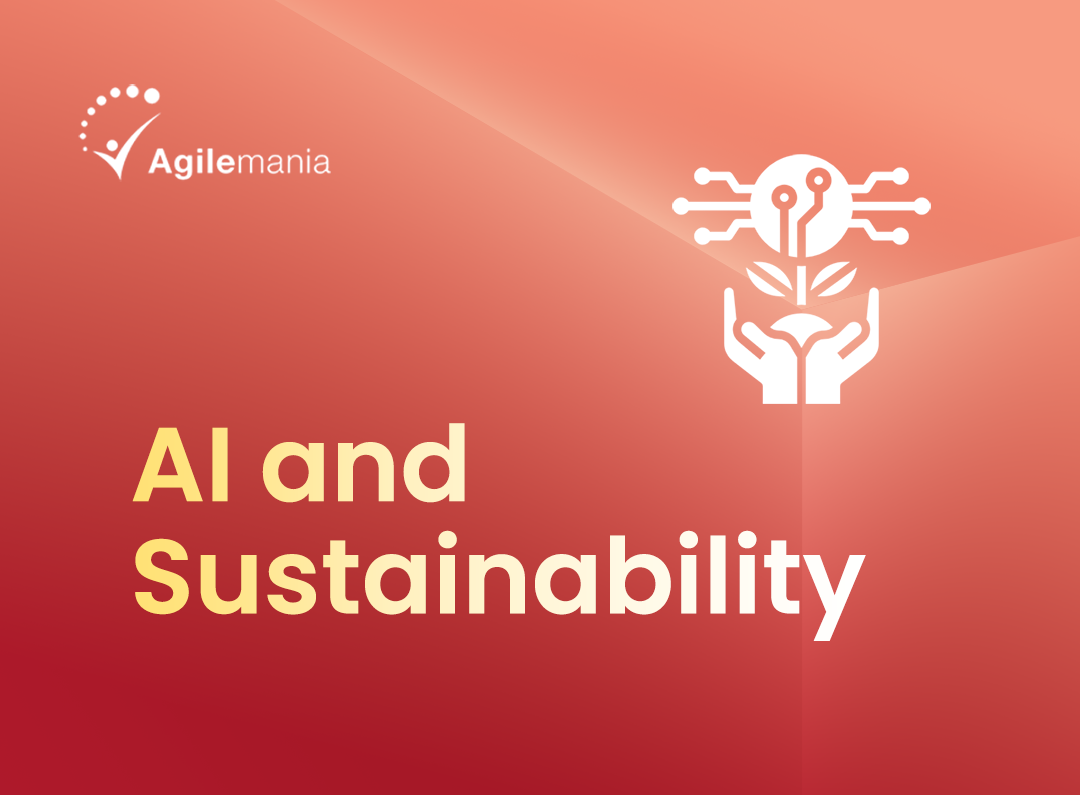Table of contents
-
What is Complexity?
-
What is System Thinking?
-
The Connection Between Systems Thinking and Complexity
-
Conclusion
Today, our world is rapidly evolving, presenting us with daunting challenges that seem too big, interconnected, and complex to solve. Whether it's climate change, organizational management, or personal decision-making, the complexity of these issues can be overwhelming.
Systems thinking is a powerful approach that not only acknowledges complexity but embraces it as a fundamental aspect of our world. Let's explore the intriguing relationship between complexity and systems thinking, and how this combination can assist us in navigating our increasingly intricate world.
What is Complexity?
Complexity isn't just about things being complicated or difficult to understand. It's about:
-
Interconnectedness: Elements within a complex system are highly interdependent.
-
Emergence: The whole is greater than the sum of its parts, with new properties emerging at the system level.
-
Non-linearity: Small changes can have big effects, and vice versa.
-
Adaptability: Complex systems can learn, evolve, and self-organize.
Complex systems show highly interdependent elements. Moreover, the whole is greater than the sum of its parts, with new properties emerging at the system level. Small changes can have significant effects, and vice versa. Additionally, complex systems can learn, evolve, and self-organize. Ecosystems, economies, and the human brain are all examples of complex systems that exhibit these characteristics.
Lead Systemic Change as a SAFe® SPC
Become a SAFe® Program Consultant and drive effective, large-scale agile transformations in complex organizations.
Browse courses now!
What is System Thinking?
Systems thinking is a way of understanding and analyzing complex systems by focusing on the whole rather than just the individual parts. Key aspects of systems thinking include:
Holistic Perspective
Systems thinking encourages us to zoom out and look at the big picture. Instead of getting lost in the details, it helps us see patterns, relationships, and the overall structure of a system. This broader view is crucial when dealing with complex issues that can't be understood by breaking them down into isolated parts.
Embracing Interconnections
One of the core principles of systems thinking is recognizing and focusing on the connections between elements, rather than just the elements themselves. This aligns perfectly with the interconnected nature of complex systems. By mapping out these relationships, we can start to understand how changes in one area might ripple through the entire system.
Feedback Loops and Dynamics
Systems thinking introduces us to concepts like feedback loops, delays, and system archetypes. These tools help us grasp the dynamic nature of complex systems and how they change over time. Understanding these dynamics is key to predicting potential outcomes and identifying leverage points for change.
Acknowledging Uncertainty
Complex systems are inherently unpredictable. Systems thinking doesn't try to eliminate this uncertainty but instead provides frameworks for working with it. This approach helps us move away from seeking perfect solutions and towards adaptive, flexible strategies that can evolve with the system.
Systems thinking provides tools and frameworks to:
-
Map out complex systems and their interrelationships
-
Identify leverage points for effective intervention
-
Anticipate unintended consequences of actions
-
Develop more sustainable and resilient solutions
The Connection Between Systems Thinking and Complexity
Systems thinking and complexity are closely intertwined, with systems thinking serving as a powerful approach to understanding and working with complex systems. Here's how they connect:
Embracing Holism
-
Complexity Challenge: Complex systems can't be fully understood by analyzing their parts in isolation.
-
Systems Thinking Solution: Provides a framework for looking at the whole system and its emergent properties.
Dealing with Interconnectedness
-
Complexity Challenge: Elements in complex systems are highly interconnected, making it difficult to predict outcomes.
-
Systems Thinking Solution: Focuses on mapping and understanding these interconnections, helping to navigate the complexity.
Handling Non-linearity
-
Complexity Challenge: Complex systems often exhibit non-linear behavior, where small changes can have large effects.
-
Systems Thinking Solution: Introduces concepts like feedback loops and system archetypes to help understand and work with non-linear dynamics.
Match Your Role with the Right Course
Our course finder can help you discover the best SAFe® certification for your role and complexity level.
Try Course Finder
Adapting to Change
-
Complexity Challenge: Complex systems are dynamic and constantly evolving.
-
Systems Thinking Solution: Emphasizes adaptability and provides tools for understanding system behavior over time.
Managing Uncertainty
-
Complexity Challenge: The behavior of complex systems is inherently unpredictable.
-
Systems Thinking Solution: Offers approaches for working with uncertainty, focusing on resilience and adaptability rather than precise prediction.
Identifying Leverage Points
-
Complexity Challenge: It's often unclear where to intervene in a complex system to create desired changes.
-
Systems Thinking Solution: Helps identify high-leverage points where small changes can lead to significant system-wide impacts.
Conclusion
The journey of integrating systems thinking into our approach to complexity isn't always easy, but it's incredibly rewarding. It opens up new ways of seeing and interacting with the world around us, revealing possibilities and connections we might otherwise miss.
So, the next time you're faced with a complex challenge, remember: don't try to simplify it away. Instead, put on your systems thinking hat, embrace the complexity, and watch as new insights and solutions emerge from the intricate dance of interconnected elements. The world may be complex, but with systems thinking as our partner, we're better equipped than ever to waltz with that complexity and create positive change.





























































































